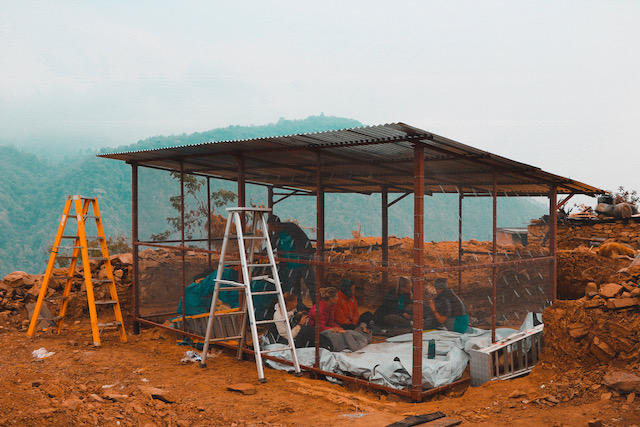Straw Bale Homes: A Seismic Innovation
 Natural disasters push 26 million into poverty each year, impacting the most impoverished demographics. Due to extreme poverty, new technological innovations in earthquake architecture remains inaccessible to many earthquake-prone areas. Utilizing ancient building practices, particularly straw bale houses, and teaching these techniques to the local populace has produced promising results.
Natural disasters push 26 million into poverty each year, impacting the most impoverished demographics. Due to extreme poverty, new technological innovations in earthquake architecture remains inaccessible to many earthquake-prone areas. Utilizing ancient building practices, particularly straw bale houses, and teaching these techniques to the local populace has produced promising results.What are Straw Bale Homes?
The earliest evidence of straw bale homes can be dated back to the Paleolithic period in Africa, but it continues to be used throughout the world. Straw bales are relatively cheap, provide excellent insulation and are naturally fire-resistant. When the plaster is applied to the straw structure, its relatively thick walls become an impenetrable fortress to sound, moisture and fire. Another benefit of this type of construction is its ability to resist the stresses of tectonic activity. The width of the bales themselves creates a wide solid footprint for the structure. The organic makeup of the bales allows for maximum absorption of seismic forces. Researchers built a full-scale straw bale based home for a series of shake table tests and applied forces twice the amount of what was measured during the 1994 Northridge, California earthquake. The structure, while damaged, still showed no signs of collapse.
Importance of Straw Bale Homes
Structures built of straw bales will be essential in minimizing destruction in areas of the globe most vulnerable to earthquakes. This material will bend rather than break during an earthquake. It also allows for a greater possibility of escape in the event of collapse compared to other available alternatives such as concrete and steel. In areas that are already struggling under the burden of poverty, the affordability of straw bales is a major appeal. Thanks to the work of organizations like Builders Without Borders and PAKSBAB, people will continue to save lives and house families thanks to this ancient practice.
